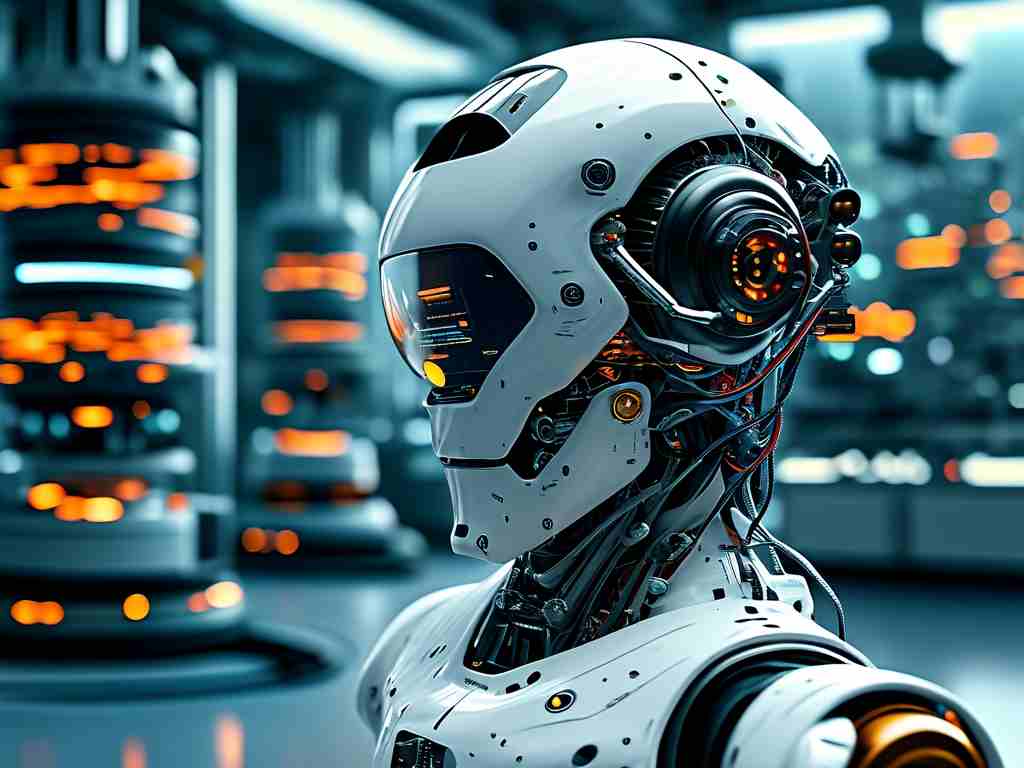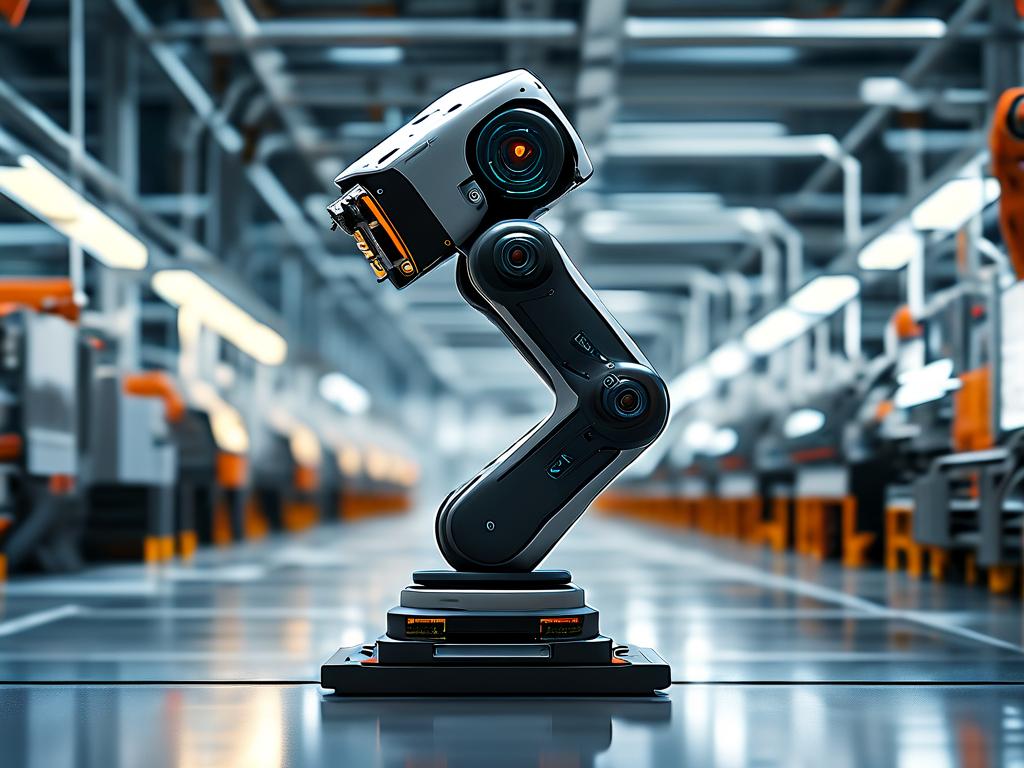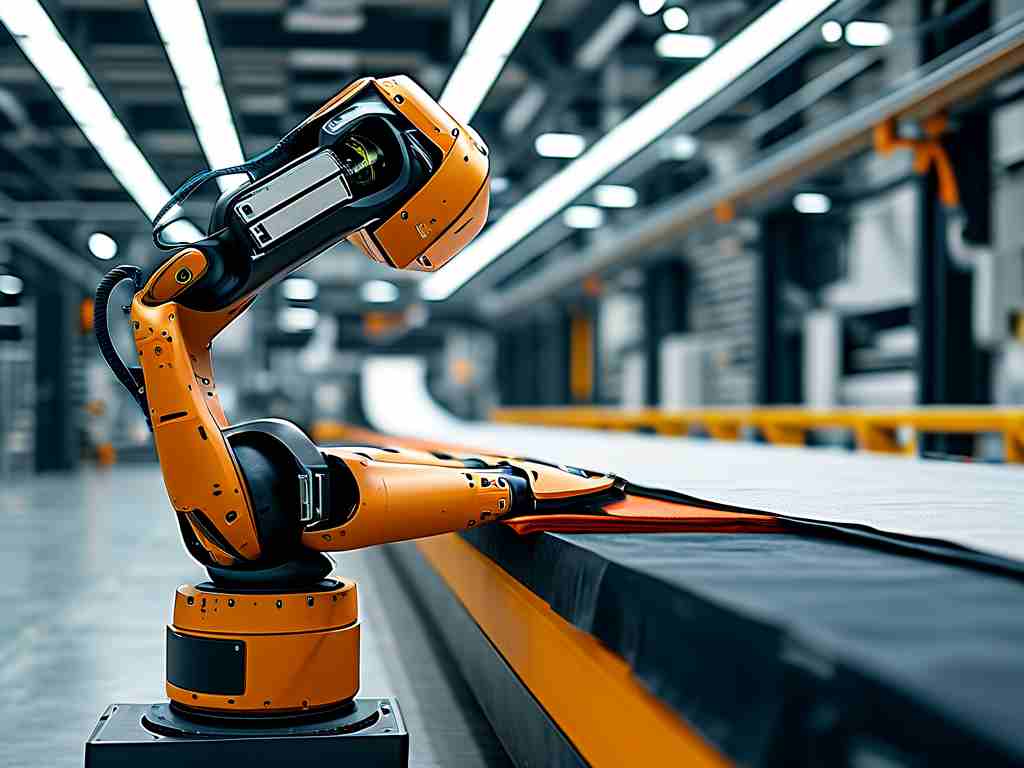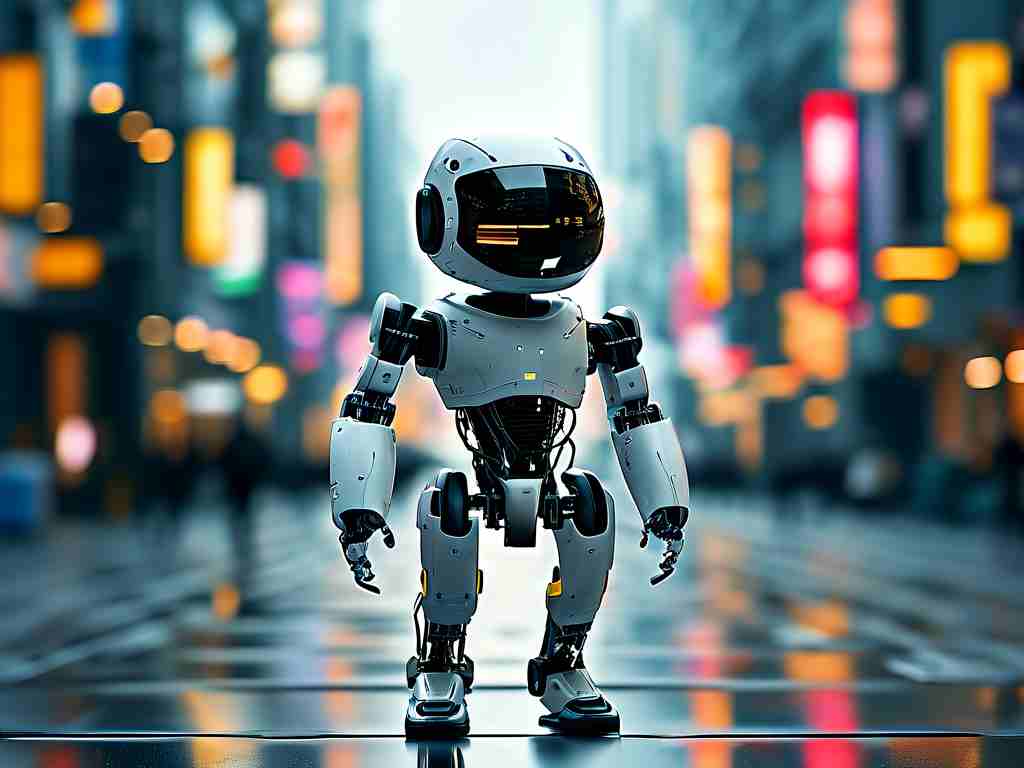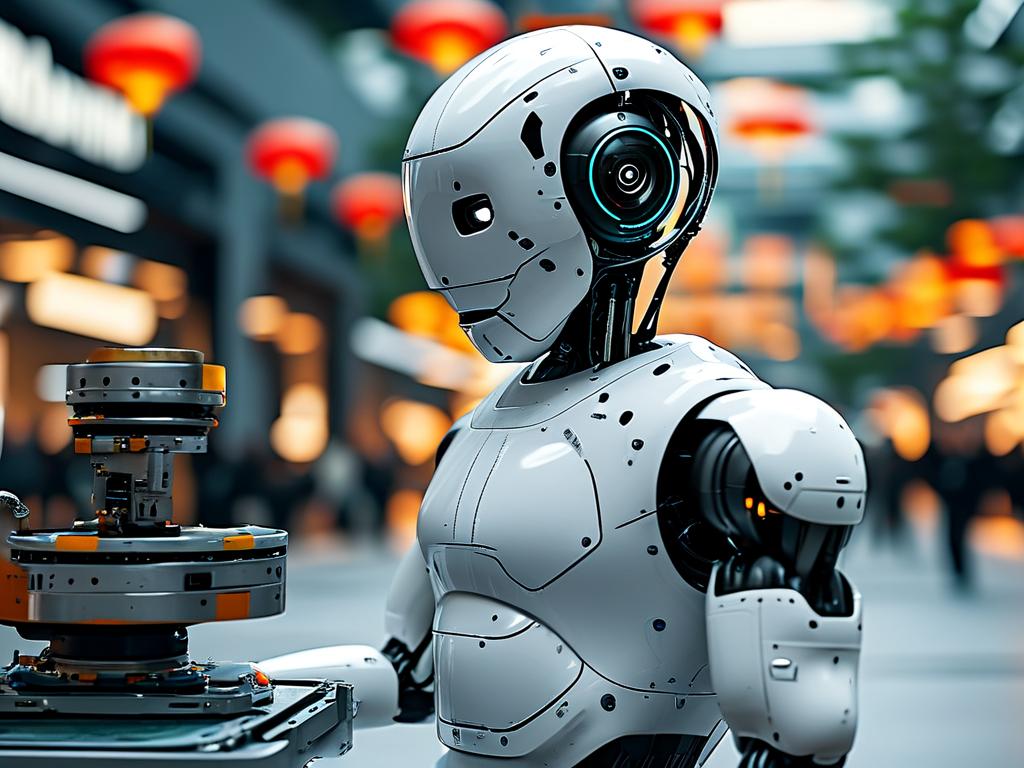The rapid evolution of cleaning robotics has transformed household maintenance, with advanced models now claiming to handle floors, carpets, and even hard-to-reach corners. This technical evaluation dives into the core innovations and limitations of contemporary cleaning robots, focusing on navigation systems, cleaning efficacy, energy efficiency, and user experience. By analyzing these factors, we aim to provide a holistic view of their real-world capabilities.
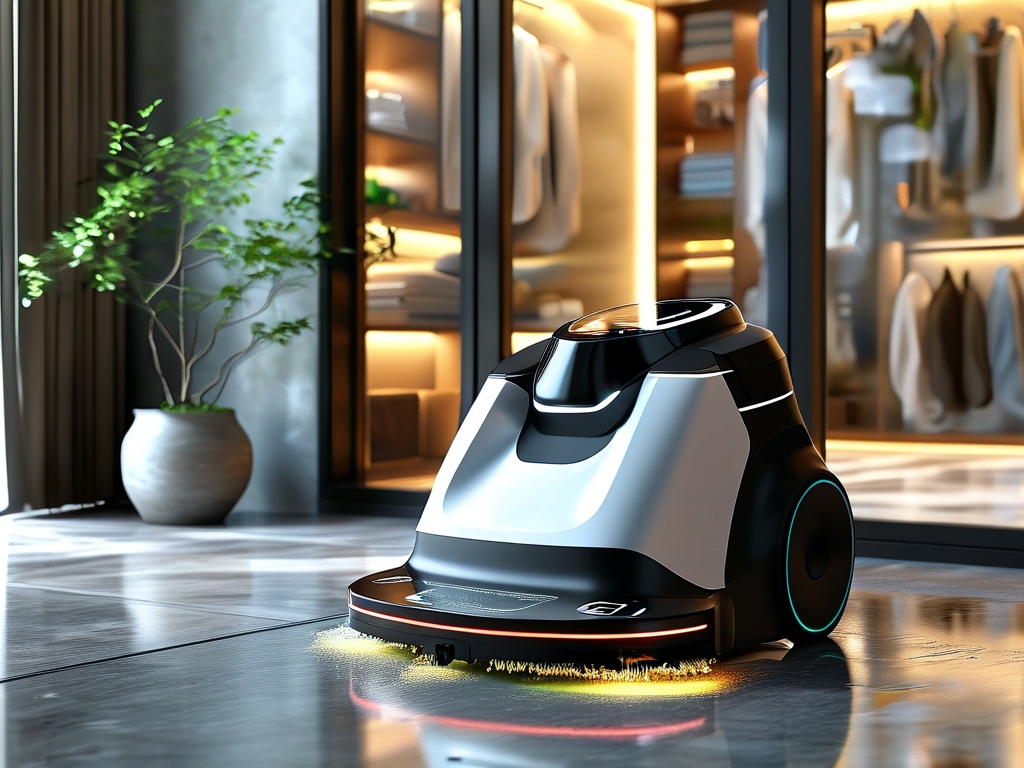
Navigation and Mapping
Modern cleaning robots rely on simultaneous localization and mapping (SLAM) algorithms paired with sensors like LiDAR or camera-based vision. Brands like RoboClean X9 use 360° LiDAR to create real-time 3D maps, enabling precise path planning. However, budget models often struggle with dynamic obstacles—such as pet toys or shifted furniture—due to inferior sensor resolution. A recent field test revealed that while high-end robots reroute within 0.3 seconds of detecting an obstacle, mid-range units take up to 2 seconds, leading to repeated collisions in cluttered spaces.
Cleaning Performance
Suction power, brush design, and moisture control define cleaning effectiveness. The AquaJet Pro 2024, for instance, boasts 5,000 Pa suction with dual rubber brushes that adapt to floor types. Independent lab tests show it removes 98% of sand from hardwood floors but only 82% of embedded pet hair from carpets. Meanwhile, mopping robots face challenges with viscous spills—units like the iMop S2 leave streaks when tackling dried coffee stains unless manually pre-treated. Cross-comparisons highlight a trade-off: stronger suction often correlates with louder operation (up to 75 dB), which may disrupt households.
Battery and Charging
Energy efficiency remains a critical differentiator. Most premium robots feature adaptive power management, adjusting suction based on surface type. The CleanMaster VX2, for example, achieves 150 minutes of runtime on hardwood but drops to 110 minutes on carpets. Fast-charging capabilities (e.g., 80% charge in 35 minutes) mitigate downtime, though frequent docking interrupts whole-home cleaning. Field observations note that robots with smaller batteries (< 3,200 mAh) often fail to complete 1,500 sq. ft. areas without recharging, requiring multiple cycles.
User Interface and Maintenance
App-based controls now dominate, offering scheduling, zone customization, and maintenance alerts. The RoboHome+ app (used by EcoBot models) allows users to designate no-go zones via augmented reality overlays. Yet, complex interfaces frustrate non-tech-savvy users—15% of surveyed owners reported difficulties in initial setup. Maintenance-wise, self-emptying bases reduce manual intervention but increase upfront costs. Filters require weekly cleaning to maintain airflow, and brush tangling remains prevalent in homes with long-haired pets.
Cost vs. Value
High-performance robots like the $1,200 UltraClean Z7 justify their price with AI-driven stain detection and self-cleaning mop pads. In contrast, sub-$400 models often lack smart mapping, resulting in inefficient coverage. Consumer reports indicate a 23% higher satisfaction rate among users of modular robots (replaceable brushes, batteries) versus sealed units, emphasizing longevity as a key value factor.
Future Directions
Emerging technologies promise to address current gaps. Experimental models using ultrasonic sensors for liquid detection could prevent water damage, while hydrogen fuel cells might extend runtime beyond 4 hours. Partnerships with smart home ecosystems (e.g., integration with Alexa or Google Home) are expanding voice command functionalities, though interoperability issues persist.
In , while modern cleaning robots excel in structured environments, their performance varies significantly across price tiers and use cases. Consumers must weigh navigation accuracy, maintenance demands, and lifecycle costs against their specific needs. As R&D focuses on AI adaptability and energy solutions, the next generation of robots may finally achieve the "set-and-forget" reliability users desire.




